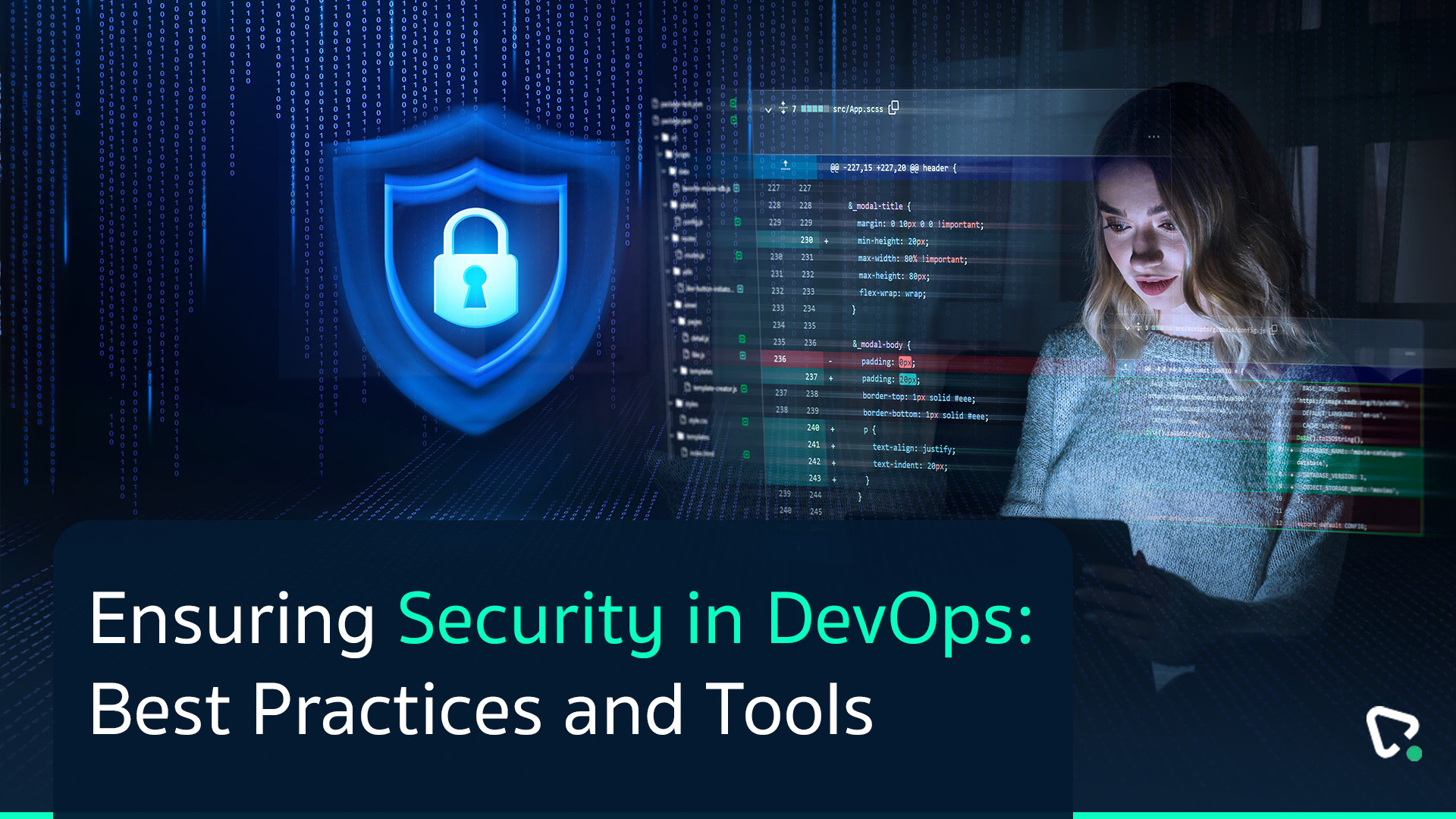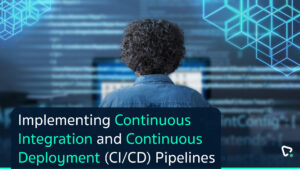In the fast-paced world of software development, integrating security into the DevOps process—commonly referred to as DevSecOps—has become essential. DevOps security aims to embed security practices within the continuous integration and continuous deployment (CI/CD) pipelines, ensuring that security is a shared responsibility across development, operations, and security teams. This blog post explores the best practices and tools for implementing DevOps security, ensuring robust protection without compromising the speed and agility of software delivery.
Understanding DevOps Security
DevOps Security is the practice of integrating security measures into every stage of the software development lifecycle (SDLC). By embedding security into the CI/CD pipelines, organizations can proactively identify and address vulnerabilities, ensuring that security is not an afterthought but a continuous process.
Best Practices for DevOps Security
1. Shift Left Security
Shift Left is a principle that emphasizes integrating security early in the development process. By identifying and addressing security issues during the design and development phases, organizations can reduce vulnerabilities and minimize the risk of security breaches.
- Threat Modeling: Conduct threat modeling sessions during the design phase to identify potential security threats and vulnerabilities.
- Secure Coding Practices: Educate developers on secure coding practices and provide guidelines to prevent common vulnerabilities.
2. Automate Security Testing
Automation is key to maintaining the speed and efficiency of DevOps while ensuring robust security.
- Automated Testing: Implement automated security testing tools such as Static Application Security Testing (SAST) and Dynamic Application Security Testing (DAST) to continuously scan code for vulnerabilities.
- Continuous Integration: Integrate security tests into the CI pipeline to automatically trigger scans with every code commit.
3. Continuous Monitoring and Vulnerability Management
Continuous monitoring helps detect and respond to security threats in real-time.
- Continuous Security Monitoring: Use tools to monitor applications and infrastructure for security threats continuously.
- Vulnerability Management: Implement a vulnerability management process to identify, prioritize, and remediate vulnerabilities promptly.
4. Implement Identity and Access Management (IAM)
Effective IAM ensures that only authorized users have access to critical systems and data.
- Role-Based Access Control (RBAC): Implement RBAC to restrict access based on user roles and responsibilities.
- Multi-Factor Authentication (MFA): Use MFA to add an extra layer of security for accessing sensitive systems.
5. Compliance Monitoring
Ensure that your DevOps processes comply with industry standards and regulations.
- Compliance Automation: Use tools to automate compliance checks and generate audit reports.
- Policy Enforcement: Implement policies to enforce compliance with security standards and best practices.
Essential Tools for DevOps Security
1. Version Control Systems
Git: A widely-used version control system that helps manage code changes and integrates with various CI/CD tools.
2. Automated Testing Tools
- OWASP Dependency-Check: An open-source tool that identifies vulnerabilities in project dependencies.
- SonarQube: A platform for continuous inspection of code quality and security.
- Checkmarx: A comprehensive application security testing tool that integrates with CI/CD pipelines.
3. Deployment Automation Tools
- Jenkins: An open-source automation server that supports building, deploying, and automating projects.
- Kubernetes: A container orchestration platform that simplifies the deployment and management of containerized applications.
4. Continuous Monitoring Tools
- Prometheus: An open-source monitoring and alerting toolkit.
- ELK Stack (Elasticsearch, Logstash, Kibana): A powerful set of tools for searching, analyzing, and visualizing log data in real-time.
5. Identity and Access Management Tools
- Okta: A cloud-based IAM service that provides secure access to applications and data.
- Auth0: A flexible, drop-in solution to add authentication and authorization services to applications.
Case Studies: Real-World Examples of DevOps Security
Case Study 1: Uber’s Security Breach
In 2016, Uber experienced a significant security breach due to poor security practices. Attackers accessed Uber’s private repository on GitHub and found login credentials that allowed them to access sensitive data on Amazon Web Services (AWS). This breach highlighted the importance of integrating security into the DevOps process and ensuring that sensitive information is not exposed.
Lessons Learned:
- Implement automated security scans to detect exposed credentials.
- Use IAM tools to enforce strict access controls and monitor access to sensitive data.
Case Study 2: Audi’s DevSecOps Implementation
Audi successfully implemented DevSecOps by integrating security into their CI/CD pipelines. They used automated testing tools to continuously scan code for vulnerabilities and implemented IAM solutions to control access to critical systems.
Benefits:
- Reduced security vulnerabilities in production code.
- Improved collaboration between development, operations, and security teams.
Conclusion
Integrating security into the DevOps process is essential for building and deploying secure applications. By adopting best practices such as shifting security left, automating security testing, continuous monitoring, and implementing robust IAM, organizations can ensure that security is a continuous and integral part of the software development lifecycle.
With the right tools and processes in place, DevOps teams can achieve the perfect balance between speed, agility, and security, delivering high-quality software that meets the needs of the business while protecting sensitive information and reducing the risk of security incidents.




